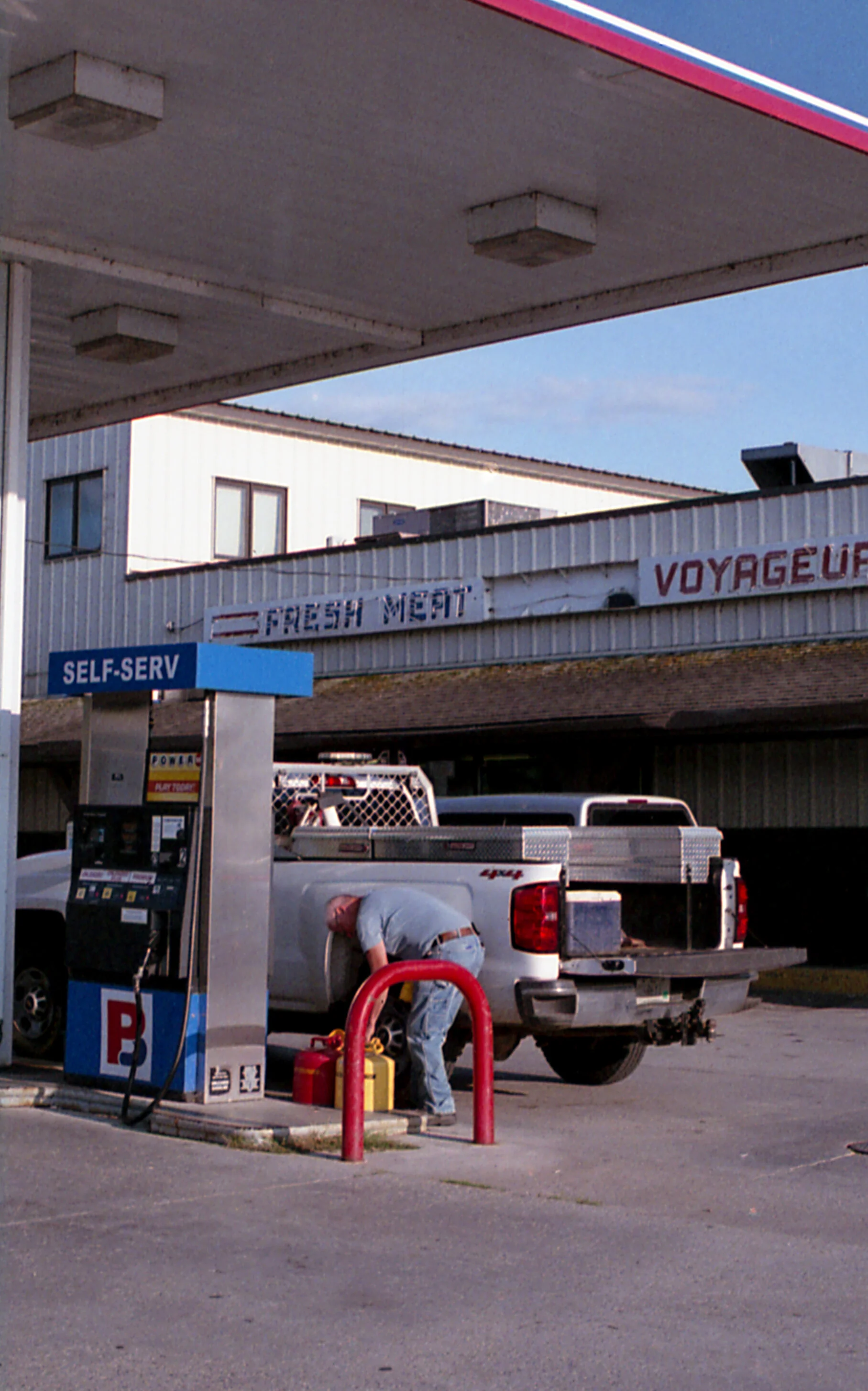
The Great Lakes
The Second City rose to prominence as an intersection point. Its existence at the meeting point of lake, river, and sweeping farmland echoes its epic expansion of rail systems, its contribution to America’s longest interstate, its two international airports. I grew up in its farthest reaches, a small-town of hundred thousand, named after Scottish folks songs and remembered for its Mexican food, sharing claim over hundreds of acres of farmland opposite a 14-story building and a riverboat casino. The waters that gave Chicagoland its might are the importers of that intersectionality. The Great Lakes' culture is soaked with the Yankee heritage of its cultural ancestors — Puritan settlers established Yankeedom in the coastlands of New England, extending outward to western reaches of the Great Lakes.
Acres of farmland sneak through meccas of Suburbia, thick forest enclaves, and baking sand dunes to get to what seem like endless bodies of water, in a geography conveniently similar to the farmland and coastal havens of the northeast. Seasons dominate the land of lakes like an ancient deity — summer comes heralded like the end of a an epic ice age, before slipping quickly into a white cold that resembles the Canuck provinces that share the fresh water shores.
Many of the urban centers that fueled America’s rise to superpower status are dotting the coasts of these freshwater seas. Now, rust-covered underdog cities like Gary IN, Cleveland OH, Detroit MI, Duluth MN, and Chicago’s South Side are left to work through what the future of post-industrialized life looks like for their melting-pot populations, while boat-trafficked vacation destinations like Grand Marais MN, Door County WI, and Traverse City MI create an escape for work-worn suburbanites. Both manage to feel like home.







































































